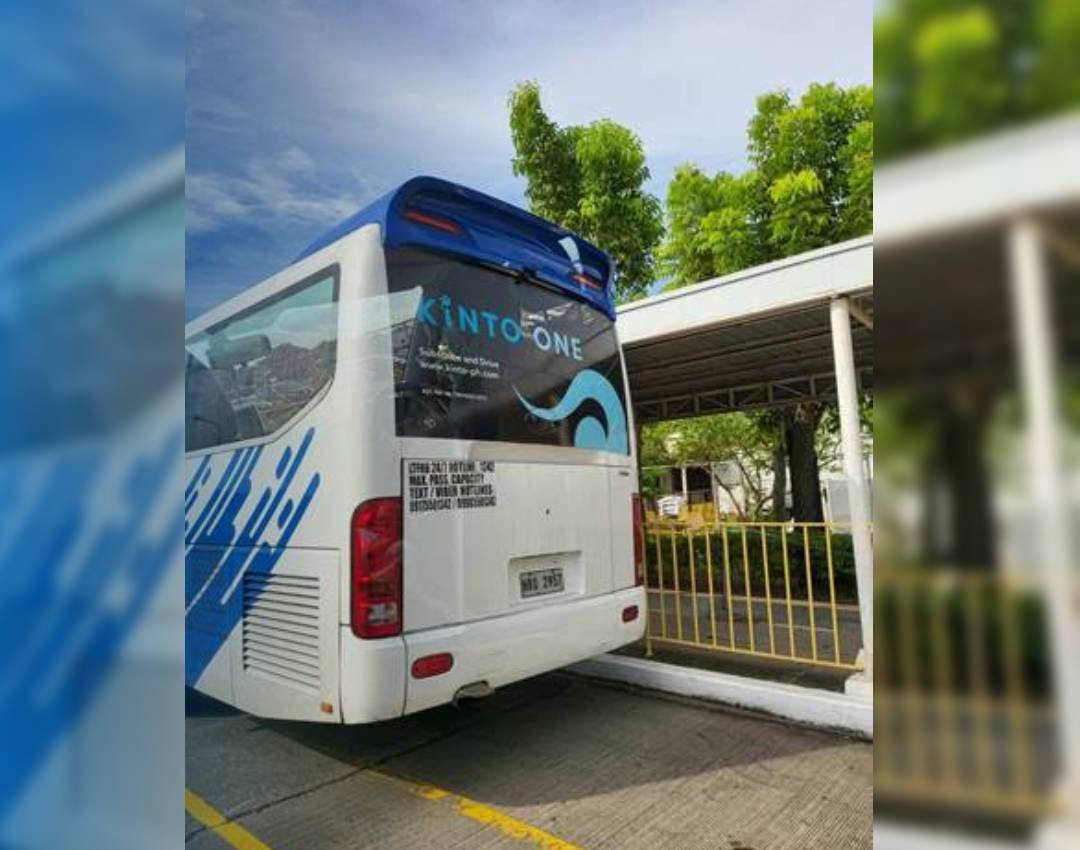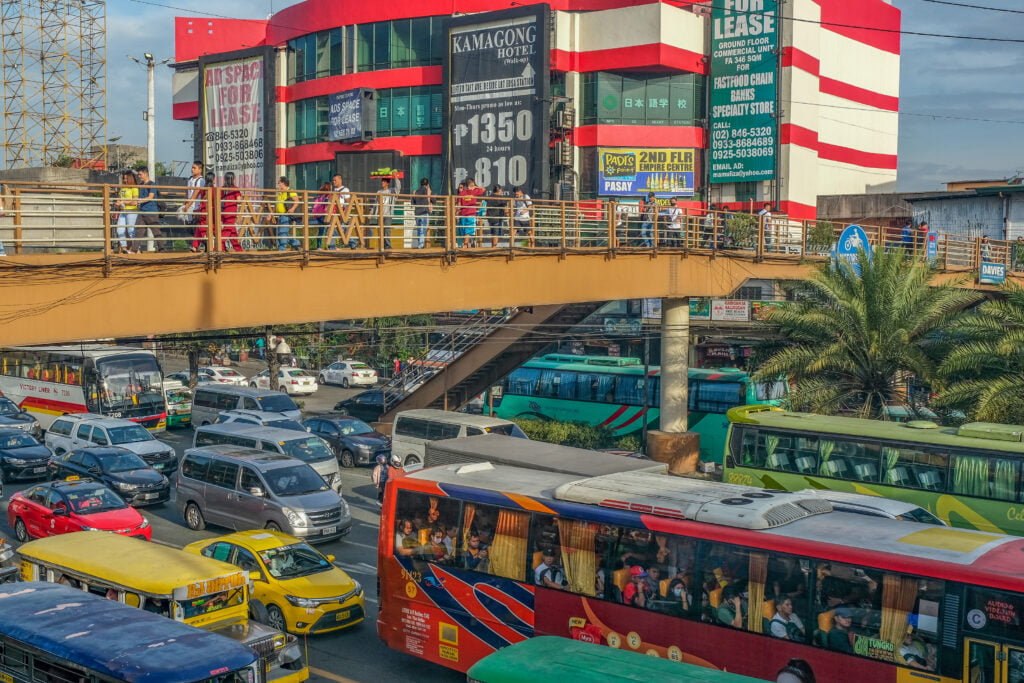Effective Transit Advertising Philippines to Grow Your Audience
Effective Transit Advertising Philippines to Grow Your Audience
Blog Article
A Comprehensive Exam of the Techniques and Techniques for Successful Transportation Marketing Campaigns
Transportation advertising and marketing campaigns offer a distinct possibility for brands to involve with varied target markets in vibrant settings. As we check out these crucial parts, it comes to be clear that the path to an impactful transportation marketing method is both detailed and fulfilling, raising the inquiry of how finest to browse these complexities for maximum brand name exposure.
Understanding Target Demographics
Understanding target demographics is important for the success of transit ad campaign (Transit Advertising Philippines). Determining particular audience sectors makes it possible for marketers to customize their messages properly, making sure that the web content reverberates with the designated viewers. This method improves interaction and makes best use of return on investment
To effectively examine target demographics, online marketers must take into consideration a number of key factors, consisting of age, revenue occupation, way of living, and level preferences. For circumstances, a campaign targeted at young specialists may concentrate on ease and modernity, while one targeting families may highlight safety and security and dependability. Additionally, geographical aspects such as metropolitan versus rural setups can substantially influence consumer habits and preferences.
Information collection techniques such as surveys, focus teams, and social media analytics offer important insights right into market patterns and customer behaviors. By leveraging this info, marketers can craft engaging narratives that line up with the worths and demands of their target audience.
Eventually, recognizing target demographics not only educates the critical direction of transit marketing campaign but also ensures that sources are allocated effectively. This targeted strategy boosts the chance of achieving project objectives, promoting brand name commitment, and driving conversions.
Creative Style Methods
Efficient communication with target demographics counts heavily on innovative imaginative layout techniques in transportation ad campaign. To efficiently catch focus in a congested aesthetic atmosphere, developers have to focus on clearness and aesthetic influence. Making use of high-contrast components and vibrant colors can improve visibility, making sure that messages are quickly understandable from a range.
Including dynamic imagery that reverberates with the target market is crucial. Aesthetic storytelling techniques can stimulate emotions and develop unforgettable associations with the brand. In addition, strategic use of typography aids share important details swiftly; proper sizes and readable font styles additionally enhance readability.
Integrating interactive elements, such as QR codes or augmented fact functions, can involve travelers beyond passive monitoring (Transit Advertising Philippines). These strategies not just advertise user interaction but also link the space between standard advertising and marketing and digital involvement
In addition, utilizing area creatively-- whether on bus wraps, transportation sanctuaries, or subway advertisements-- can result in cutting-edge layouts that break the mold and mildew of conventional advertising and marketing. By welcoming artistic creative thinking while maintaining brand name uniformity, projects can promote a strong link with their target market, ultimately driving both understanding and activity. The combination of these layout strategies is paramount for accomplishing successful transportation marketing end results.
Strategic Placement Approaches
Optimizing the effect of transit advertising and marketing rests on critical positioning methods that ensure ideal exposure and involvement. Effective positioning entails comprehending and evaluating high-traffic locations guest demographics to identify one of the most useful places for ad displays. As an example, placing ads near entryways and departures of transit vehicles can record the description focus of boarding and touching down travelers, hence improving exposure.
Additionally, making use of both exterior and indoor surfaces of transit automobiles can considerably widen reach. Exterior advertisements, noticeable during commutes, involve pedestrians and various other drivers, while indoor ads target passengers in a restricted environment. Additionally, positioning promotions in transportation centers, such as bus terminals or train terminals, allows for enhanced perceptions as commuters transition between different settings of transportation.
Timing is also important; lining up the project launch with peak travel periods maximizes target market involvement - Transit Advertising Philippines. Additionally, leveraging electronic screens in transportation atmospheres can promote dynamic content, supplying real-time updates and enhancing user interaction. By using these strategic placement techniques, marketing professionals can guarantee that their transportation advertising campaigns achieve optimal exposure, resonate with the target market, and eventually drive preferred outcomes

Measuring Campaign Performance
To evaluate the success of transit ad campaign, it is necessary to use a variety of dimension strategies that give understandings into target market involvement and overall performance. One key technique is using essential efficiency signs (KPIs), such as reach, impacts, and involvement rates, which evaluate the number of people checked out the promotion and communicated with it.
Studies and emphasis groups can also be critical in determining consumer check my reference assumptions and recall, permitting marketers to recognize the influence of their messaging. In addition, tracking site traffic and social media sites engagement throughout and after the campaign helps determine direct feedbacks to the marketing.
One more reliable strategy is utilizing location-based analytics, which can offer information on foot traffic around certain transit areas, providing insights into whether the project effectively recorded the attention of travelers. Furthermore, analyzing sales information can expose connections between transportation advertising and raised earnings, giving concrete evidence of a campaign's performance.
Study of Success
Recognizing the performance of transit advertising and marketing projects with dimension strategies lays the groundwork for taking a look at real-world instances that illustrate successful results. By using geo-targeted digital ads and go to website analytics, the brand measured a 30% increase in sales in areas where the wraps were prominently displayed, showing the straight effect of transit advertising and marketing.
An additional compelling example comes from a neighborhood nonprofit organization that launched a campaign on metro systems to promote a community occasion. The use of straight engagement through technology enhanced the project's reach and performance.

Final Thought
In summary, successful transportation advertising projects require a detailed technique that integrates an understanding of target demographics, ingenious layout methods, and strategic placement. Jointly, these strategies foster brand existence and optimize the return on investment in transit marketing campaigns.
Understanding target demographics is important for the success of transit advertising and marketing campaigns.Reliable communication with target demographics counts heavily on innovative creative style techniques in transportation advertising and marketing projects. By employing these calculated placement methods, marketing professionals can guarantee that their transit advertising projects achieve optimal presence, resonate with the target audience, and eventually drive wanted outcomes.
Recognizing the performance of transit advertising and marketing projects via dimension methods lays the groundwork for checking out real-world examples that highlight effective outcomes.In recap, effective transit marketing campaigns necessitate a detailed technique that integrates an understanding of target demographics, cutting-edge layout techniques, and calculated placement.
Report this page